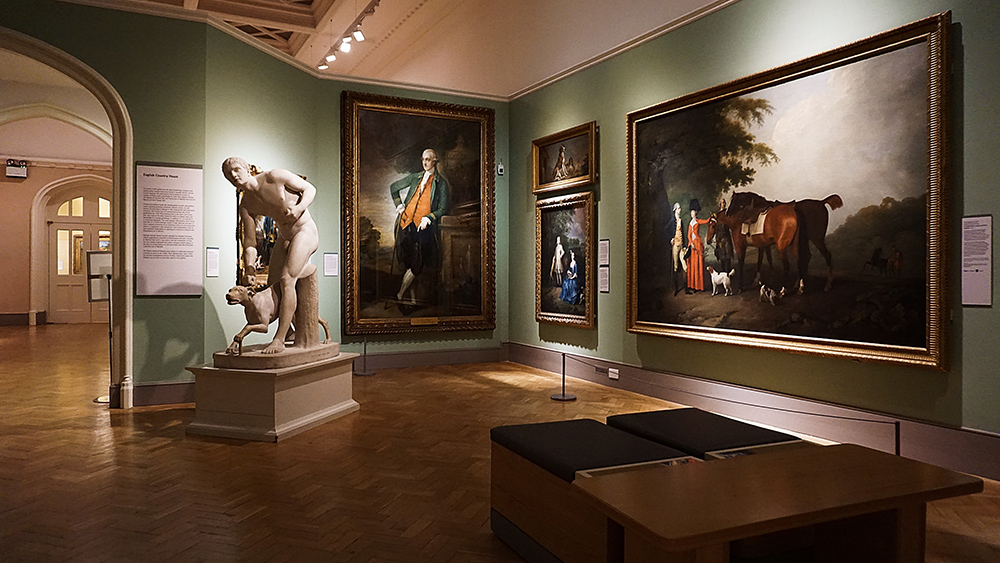Museography services
Museography combines several exhibition techniques with two main objectives: developing and maintaining exhibition spaces and preserving cultural assets on display. This article explains what it is and how we work on it.
- What is museography?
- General considerations
- Branches of museography we work in
- Museography for and with the public
What is museography?
Museography is a set of techniques related to the operation of a museum. Whether in the realization of a temporary or permanent exhibition, in the restoration of works of art or in the scenography of an exhibition. It is linked to museology, the branch of the humanities that studies the history of museums, their influence and the techniques of conservation and cataloguing.
General considerations
When working on a museum project, take into account a series of factors to achieve a satisfactory result:
- Be foresighted with everything that is going to be needed at a technical level.
- To have a clear idea of the available budget.
- Be clear about the means available.
- Available space and its characteristics.
- Who is the public we are addressing? What is expected from the exhibition (the objective will be to try to meet their needs)?
- The approach wanted by the institution we are working for.
- Consider the possibility of an innovative treatment of the information and resources.
Branches of museography we work in
Curatorship
Curators are in charge of the objects or works exhibited in the permanent or temporary exhibition. It includes the organization of exhibitions (with the drafting of the corresponding material), staff organization, research work, script writing, project management... It requires deep research and study, so the curator links the institution with the pub.
Art Direction
Establish the visual tone of the exhibitions. It is necessary to know the space, the architecture, and the museum in depth. An Art Director is responsible for the overall image and visual codes, which communicate with a specific intention and message. These visual decisions will be developed in other adjacent disciplines such as graphic design, product design, temporary architecture, etc.
Design and scheme of the routes in the space
The architecture must be coherent with the exhibition's message and adapt to the available space. The aim is to create a circulation that reflects the intention of the exhibition and reflects the hierarchy between sections in the space. The user's positive or negative experience depends to a large extent on this task since the route must be usable and easy for the visitor to understand.
Graphic Design
It is the process that gives visual form to the contents so that they can be perceived in an aesthetic and, above all, functional way. We are talking about the design of panels, brochures, plans, illustrations and posters, among others.
Interactivity
Even with a tight budget, you can propose elements that help users to get involved in the space. For example, multimedia video elements, more personalized social media treatment or interactive webdocs about the exhibition.
Exhibit set-up
For this task, it is necessary to take into account all the processes and elements. It takes a few days and a reliable team, sensitive to the specific needs of the material, to foresee everything related to the assembly. Every step counts for everything to go right: the time needed by the printers or the minimum drying time after painting spaces would be two examples.
Lighting and other elements
It is important to consider having a mobile lighting system and adjust it according to the distribution. If there is paper or pieces of historical or archaeological value, previous documentation and study are necessary to know their specific conservation needs. From the type of light to be applied to them, to the room temperature to conserve the works optimally. Of course, lighting also plays a huge role in the design of the space for its expressive connotations and the possibility of guiding the user.
Exhibition communication
Outside the field of museography, this is also a key task to make the exhibitions attractively known to the user. To advertise properly, it is important to know who our public is and their interests. An essential criterion in this task is the clarity of the communicative messages, both in terms of copywriting and design. Posters, social networks and banners are some examples of common supports in the graphic communication of an exhibition.

Museography for and with the public
Including the user in each of the processes is not only highly recommended, but it is also a great advantage, since knowing how they think, their tastes or what they expect from the exhibition will help to do a more effective job.
- The public needs to have a positive perception of the exhibition and/or institution:
- Regulate all activities that affect the Museum's image (advertising, PR, social networks...).
- Be constantly present in the media, social networks and public opinion. Invite debate, knowledge and reflection.
- Have a clear identity and unity of style.
- To be updated, maintaining an activity in line with our strategy.
- Attend to all requests and suggestions from the public as far as possible.
After the COVID-19 crisis in 2020, the cultural sector faced new formats under the slogan "safe culture", adapting to the needs and demands of the situation. Since then, many museographic elements have continued with a fully digitized presence, and the possibilities of technology and social networks have been taken into account (Instagram Live, Youtube Live, digital or 3D exhibitions...). A virtual approach that many museums ignored before but today is one more element to implement to obtain competitive results.
All this information is based on our experience with museography. In Misterio Studio we will be happy to help you in any phase of your project, contact us!